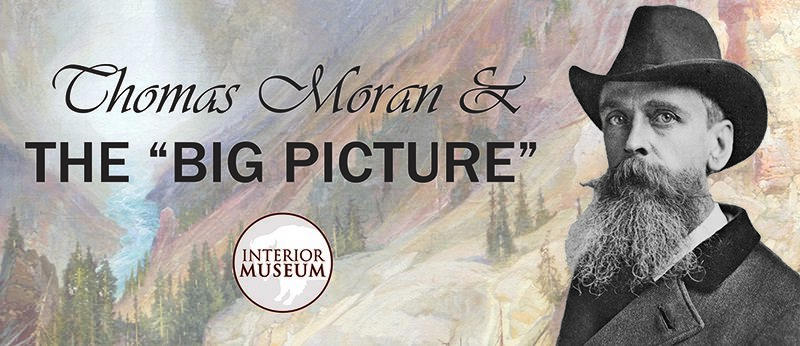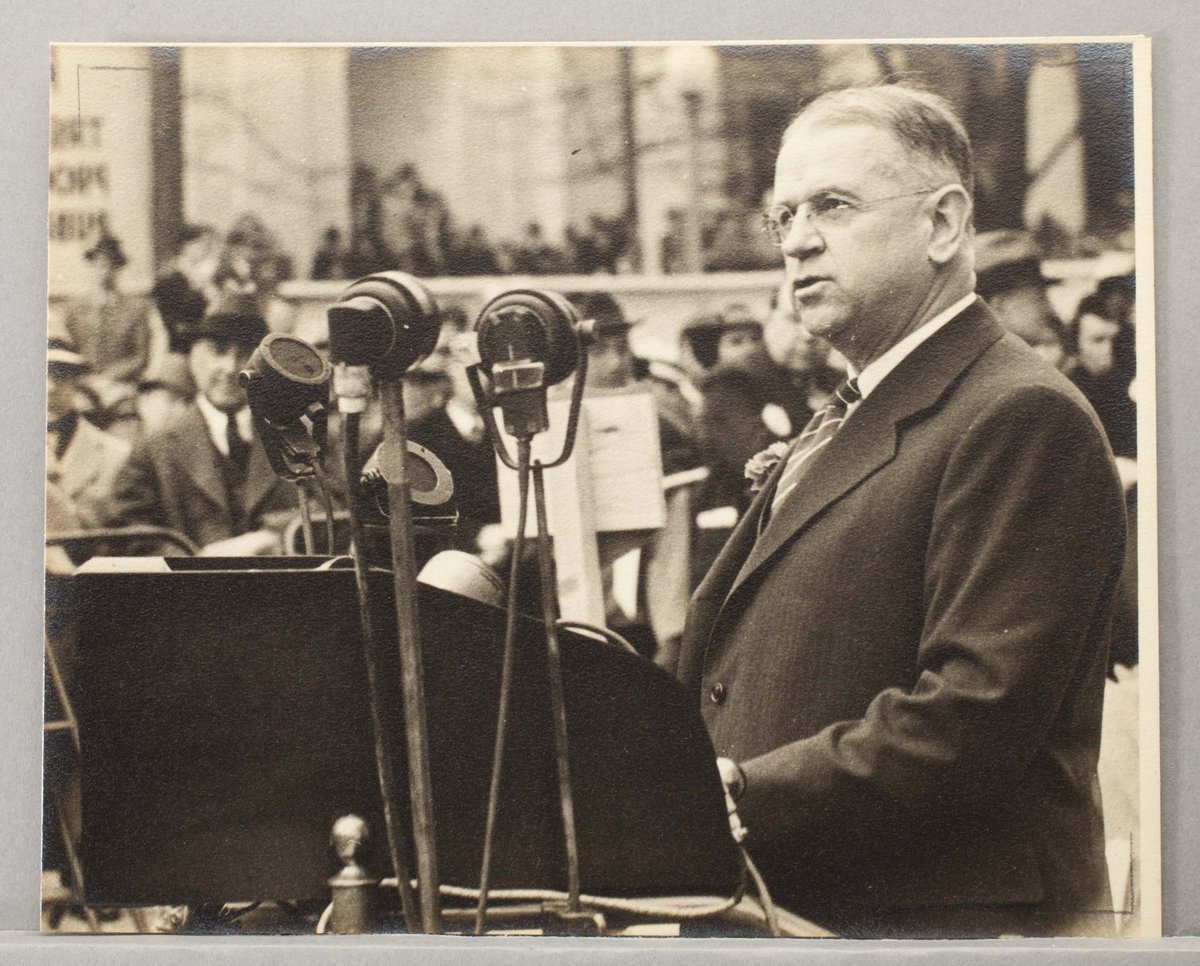
Happy #NationalBisonDay! In addition to being our national mammal, the bison has long been a symbol of @Interior and appears in art and architectural details throughout our main headquarters building in Washington, DC. Let's take a #BisonTour to explore! (1/15)
📷USFWS/A. Forrest
📷USFWS/A. Forrest
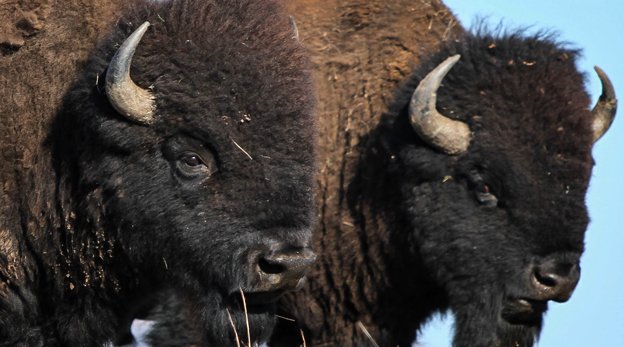
#DidYouKnow that the @Interior's official seal has included a bison almost continuously since 1917? (It used to be an 🦅in varying poses). Pictured here from our museum collection is the die for the 1st bison seal in 1917 (INTR 01970).
#BisonTour (2/15)
#BisonTour (2/15)
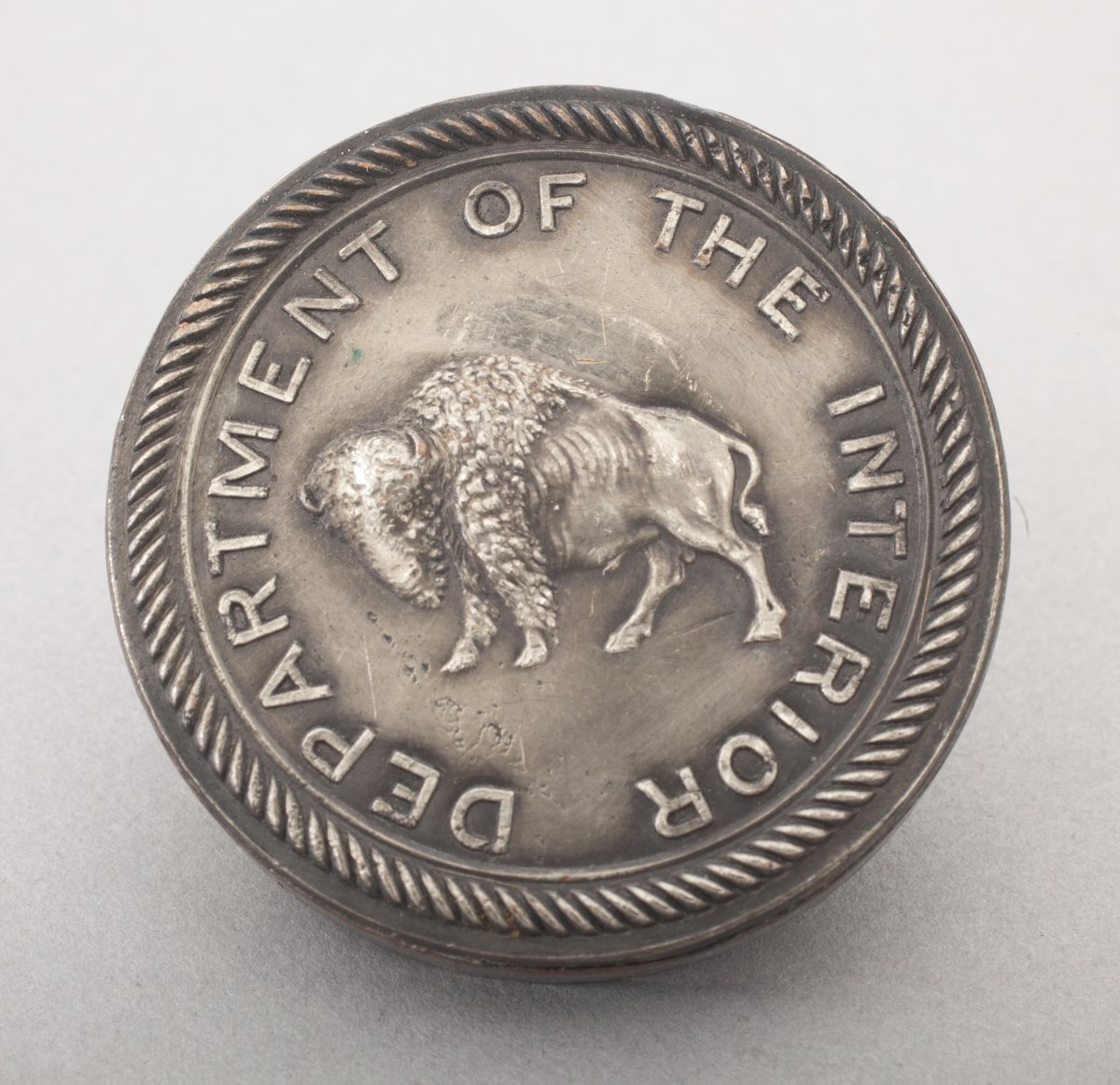
Many painted bison are at @Interior. This nearly life-size rendition was created in 1939 by Kiowa artist Stephen Mopope (1898-1974) just beneath his incredible 50' mural, "Ceremonial Dance" in our public cafeteria--appropriately named the Bison Bistro!
#BisonTour (3/15)
#BisonTour (3/15)

Boris Gilbertson (1907-1982) carved this "American Bison" bas relief w/an air hammer. Comprised of Missouri marble weighing 3.75 tons, it was installed in our bldg in 1940. He modeled the bison after ones observed at zoos and at national parks.
#BisonTour (4/15)
#BisonTour (4/15)

Bison aren't just in artwork at @Interior...they're in decorative details, too! This is one of two matching bronze light fixtures specifically designed for the Secretary of the Interior's suite in the 1930s. Six bison heads rim the exterior.
#BisonTour (5/15)
#BisonTour (5/15)

When @NatGeoMag was preparing a feature on flags for its Oct 1917 issue, @Interior didn't have one. NatGeo president Grosvenor & Interior secretary Lane came up w/ this Departmental flag: a golden bison against a field of green + 4⭐️s. It's evolved over time.
#BisonTour (6/15)
#BisonTour (6/15)

Artist Maynard Dixon (1875-1946) painted this 13' "Indian and Soldier" mural for @Interior via the Treasury's Section of Fine Arts in 1939. In correspondence about this piece, Dixon wrote, "The strip of running buffalo suggests the last of the great herds."
#BisonTour (7/15)
#BisonTour (7/15)

When @Interior's current headquarters building was constructed in the mid 1930s, distinctive "buffalo doorknobs" were designed for doors in the library, plus in certain conference rooms and high-level offices. The knob features a bison head.
#BisonTour (8/15)
#BisonTour (8/15)

The same bison emblem from the doorknob also appears on sign holders indicating room numbers in the headquarters building. This one is for the @IndianCraftShop. #BisonTour (9/15) 
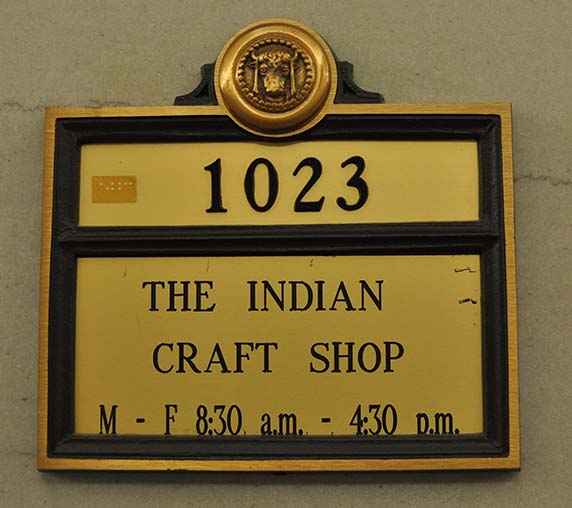
"Buffalo Hunt" painted in 1938 by Apache artist Allan Houser (1914-1994) is inside the @IndianCraftShop, located within the @Interior building. The shop sells American Indian arts and crafts by Native artists from >45 different tribes.
#BisonTour (10/15)
#BisonTour (10/15)

.@Interior's South Penthouse space was designed in the 1930s as a large employee lounge and adorned with murals by Native artists. This one from 1940 is "Hunting Ground" by Navajo artist Gerald Nailor (1917-1952).
#BisonTour (11/15)
#BisonTour (11/15)

Another stunning oil on plaster mural in @Interior's South Penthouse is "Buffalo Hunt." It was completed by Potawatomi artist Woodrow Wilson Crumbo (1912-1989) in 1940.
#BisonTour (12/15)
#BisonTour (12/15)

Also in @Interior's South Penthouse is "Buffalo Chase." Pueblo artist Velino Herrera (1902-1973) completed this dramatic scene in 1940. The composition is such that viewers feel like they will be overtaken by the thundering herd.
#BisonTour (13/15)
#BisonTour (13/15)

"Guardians of the Past" is 1 of 2 murals by artist Daniel Galvez commemorating @Interior's 150th anniversary in 1999. Galvez included grazing bison in the scene. Once hunted to near extinction, bison herds are now being restored through conservation efforts.
#BisonTour (14/15)

#BisonTour (14/15)


To conclude our #BisonTour, here's a montage showing @Interior's official bison seal and how it appears on everything from the Departmental flag, floor mats, and even chairs in the headquarters' courtyards and patios.
Thanks for following along, and happy #NationalBisonDay!



Thanks for following along, and happy #NationalBisonDay!




• • •
Missing some Tweet in this thread? You can try to
force a refresh

